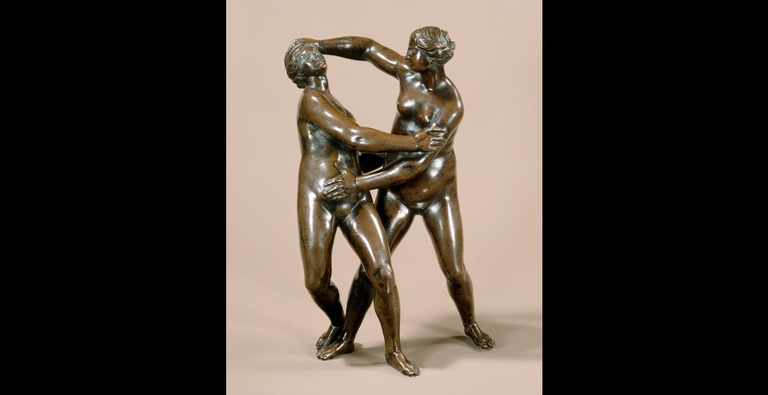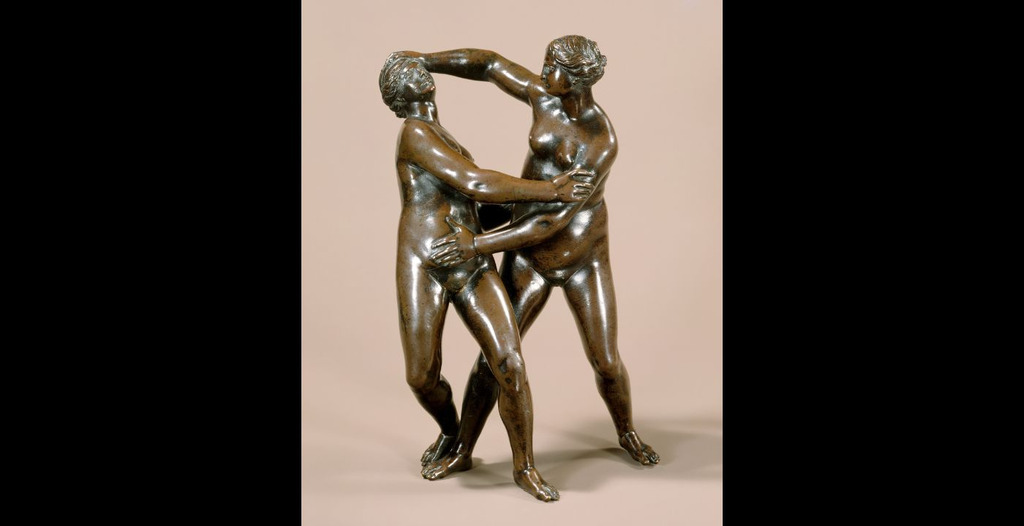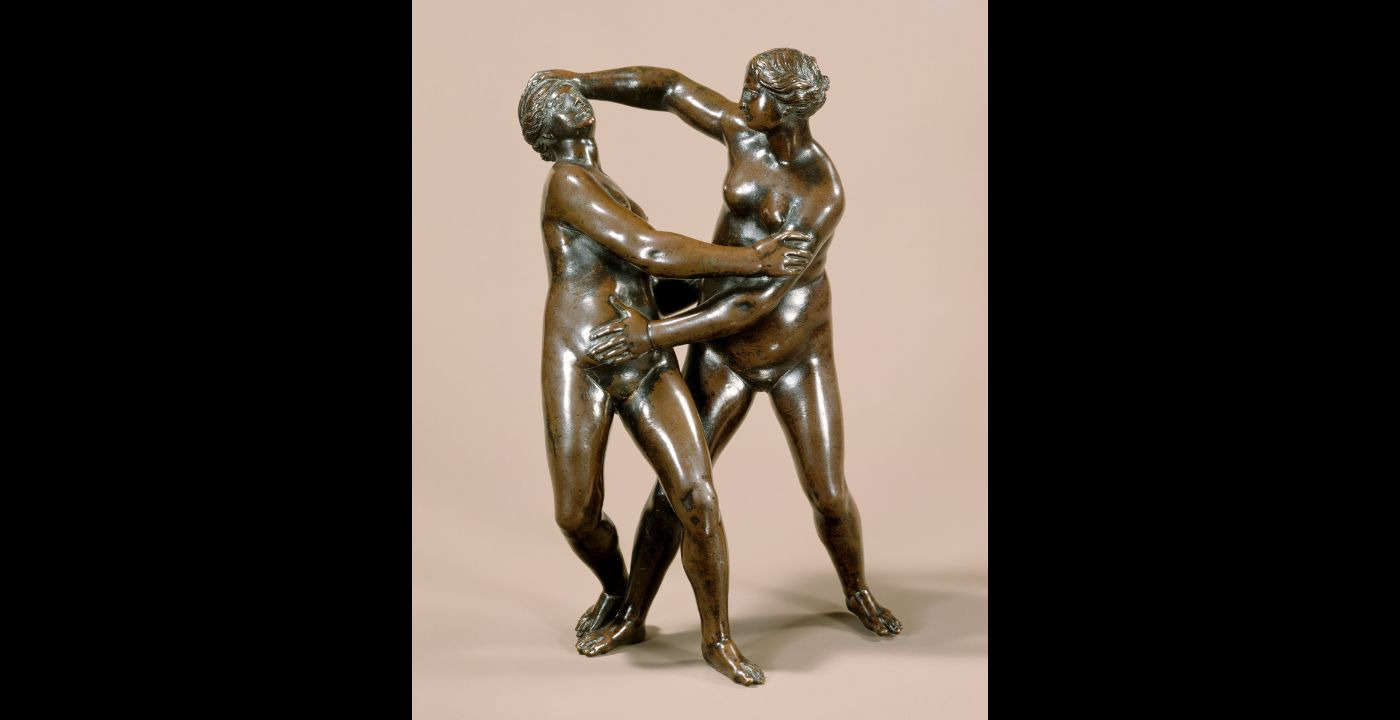Birth
c. 1900–1700 BC in Lower Austria
Education
UnknownDeath
c. 1900–1700 BC in Schleinbach near Vienna, Austria
Religion
UnknownThe Bronze Age Woman was excavated in Schleinbach, Austria in 1929 and re-examined in 2021. There is little we know about this woman’s life except for what can be read from her bones. She was forty to fifty-five years old at the time of her death. Through reconstructing her osteo-biography we get closer to her life experiences, but her social world remains distant; her personality, her language, and her stories will never be recovered. She is a profound example of what can be known through recovery and what will forever remain unknown.
Personal Information
Name(s): Unknown
Date and place of birth:
c. 1900–1700 BC in Lower Austria.
Date and place of death:
c. 1900–1700 BC in Schleinbach near Vienna, Austria.
Marriage and Family Life:
This woman lived in a small-scale, subsistence farming community of a few farmsteads built of wattle and daub, perhaps with straw roofs. People would have kept animals such as cows, sheep and pigs, and much of their time would have been spent growing and processing grains such as wheat and barley. Wild herbs, fruit, vegetables and roots would have supplemented the diet. The household goods were a few pots made of ceramics, some tools of stone and bronze such as axes to chop wood and daggers that were used as pocket knives as well as weapons. People produced textiles and wore jewellery made of animal bones, shells and bronze.
less
Controversies
New and Unfolding Information and/or Interpretations:
The early Bronze Age Woman was 40-55 years old when she died and was buried in a storage pit. In the early Bronze Age, most individuals were treated with care and respect after their death, buried in single graves with a selection of grave goods like pottery vessels or jewelry. This woman, excavated in 1929 and re-analyzed in 2021, was merely placed in a pit without any grave goods. Her remains were covered with stones.
There is little we know about this woman’s life except for what we can read from her bones. She was 160-162 cm tall and suffered from sinusitis, periostitis, and poor dental health. Her teeth showed signs of excessive wear, which were likely used frequently as tools.
She had several healed and partly healed fractures. What is particularly interesting are the four visible fractures of the sacrum, which must have been very painful. Most of her injuries show new bone formations from the healing process. One injury was either a recent fracture before her death or remained inflamed for a long time. The pelvic trauma pattern is most likely the result of a fall from a height and matches healed fractures of the lower arm bones on both sides. Her pelvis further includes skeletal features that may be evidence of her having given birth.
As one of the oldest individuals in the community, she must have received care and help from others during the healing of her sacrum and forearm fractures. This evidence of social care stands in contrast to her treatment after death: the absence of grave goods, her burial in a storage pit, and evidence of hard life experiences, accidents and/or interpersonal violence may indicate an ambiguous social status within her community.
The Bronze Age Woman from Schleinbach, Austria, is interesting because through reconstructing her osteo-biography we seem to get closer to her life experiences. Yet, her social world remains distant—her personality, her language, and her stories will never be recovered.
less
Bibliography
Primary (selected):
Pany-Kucera, D., Spannagl-Steiner, M., Parson, W., Rendl, B., Strobl, C., Waltenberger, L., Janker, L., Kanz, F., and Rebay-Salisbury, K.
“Social Relations, Deprivation and Violence at Schleinbach, Lower Austria. Insights from an Interdisciplinary Analysis of the Early Bronze Age Human Remains” (2020).
Archaeologia Austriaca, Band 104: 13–52.
Archival Resources (selected):
Kriegler, K. 1930-1934. Schleinbach. Fundberichte aus Österreich 1: 58, 118, 181.
Kriegler, K. 1930. Urgeschichte der Gerichtsbezirke Korneuburg und Wolkersdorf (Niederösterreich). Dissertation, Universität Wien.



Comment
Your message was sent successfully